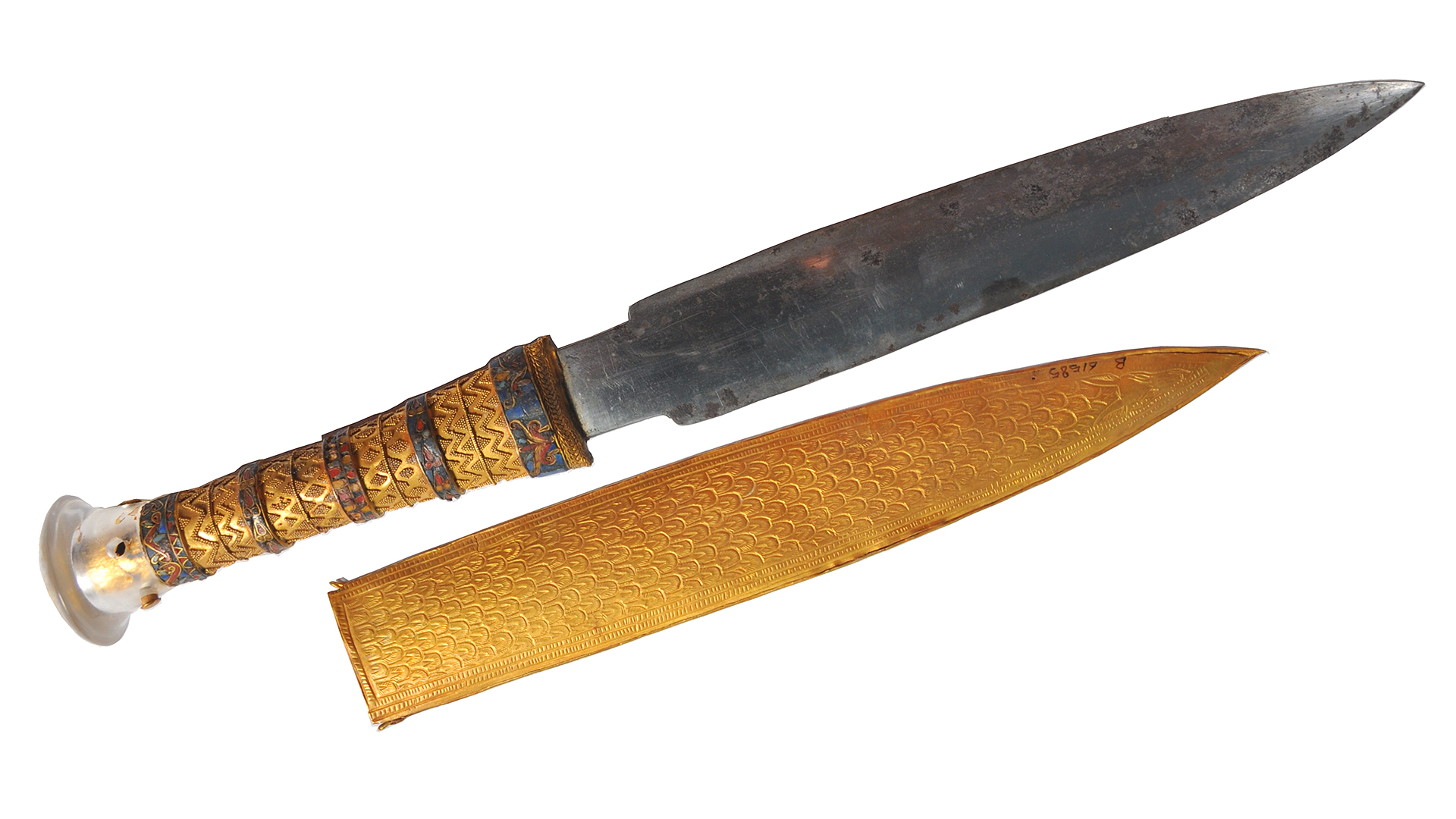
Unraveling the linothorax mystery, or how linen armor came to dominate our lives
As the wife, research assistant, and sometimes coauthor of an ancient historian who teaches at the University of Wisconsin-Green Bay, I had expected to spend many hours in libraries, wandering through foreign museums, and climbing around ancient sites. However, I had not foreseen large groups of weapon-wielding students in our yard, or my husband, Gregory Aldrete, shooting arrows at them.
When one of Greg’s students—our coauthor, Scott Bartell—decided to make himself a replica of the armor that Alexander the Great is shown wearing on the famous “Alexander Mosaic” from Pompeii, none of us realized that the next six years of our lives would be dominated by the quest to understand and evaluate that armor. Known as the linothorax, it was a popular form of armor from at least the time of Homer through the Hellenistic period. Apparently made primarily out of linen, the armor had been afforded little attention by scholars because no extant specimens have survived. In order to appreciate how the linothorax might have been constructed and its effectiveness on the battlefield, we worked on reverse engineering it after extensive study of ancient images of linothorax-wearing warriors depicted in vase paintings, reliefs, sculptures, and tomb paintings. I spent countless hours in libraries examining every page of the hundreds of oversized volumes of the Corpus Vasorum Antiquorum, which catalogs the Greek vases in museums around the world; I’m sure that the students assigned to reshelving duties during those weeks dreaded my arrival every morning. Every time we visited a museum, we kept our eyes peeled for possible linothorakes; and while one expects to find plenty represented in the museums of Greece and Italy, we were pleased to find them in Kansas City and Odessa (in the Ukraine) as well. Suddenly, as so often happens during research, the linothorax was everywhere.
We encountered some special challenges when constructing our linothorakes. At first, like fashion designers, we made numerous patterns out of paper and then cardboard, until we achieved our optimal design. Then came the tricky part. Because we wanted to employ only materials that would have been available in the ancient Mediterranean, we had to get a hold of handspun, handwoven linen. Since most linen these days is machine-made, we couldn’t just go to the local fabric store. However, we soon discovered that even linen purporting to be handwoven was still typically machine-harvested and processed using modern methods, such as treatment with chemicals. To achieve as much historical authenticity as possible, we needed linen made from flax that had been grown, harvested, and processed by hand as well, using only traditional methods. As we discovered, not many people have the dedication to do this. After much searching, we managed to find a woman who actually grew and harvested her own flax and then spun and wove it into linen, practically in our own back yard—in Fond du Lac, Wisconsin. Rabbit glue, which sounds more challenging, was actually easier to acquire, since artists who paint using traditional methods still prime canvases with it; we ordered it from an art supplies catalog, and merely needed to rehydrate and heat the rabbit powder in a double boiler.






















